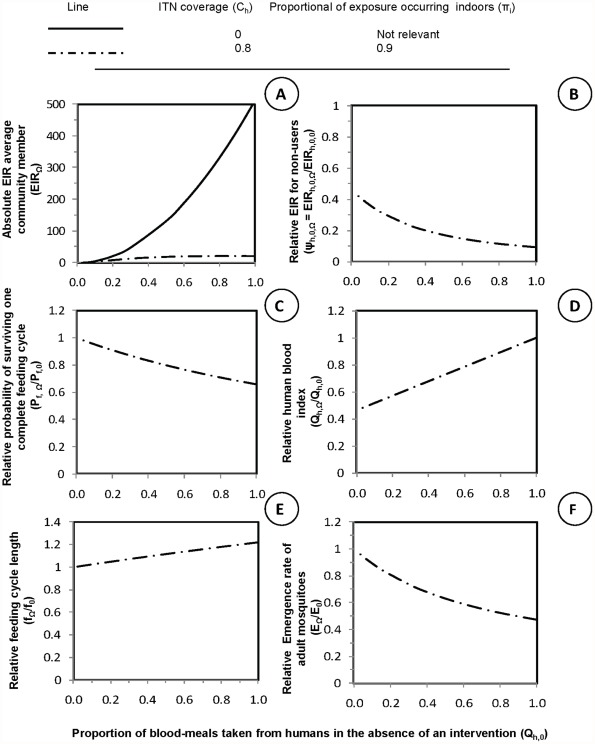Figure 1. The impact of long lasting insecticide treated nets (LLINs) upon malaria vector population parameters.
Malaria vector population parameters, transmission intensity, and the impact of personal protection interventions upon them under a range of values for the proportion of blood meals obtained from humans  . In all panels, the x-axis is the proportion of all blood meals the vector population would obtain from humans in the absence of nets
. In all panels, the x-axis is the proportion of all blood meals the vector population would obtain from humans in the absence of nets . Low values of
. Low values of  represent mosquitoes that primarily feed on animals while high values represent mosquitoes that prefer to feed on humans. The y-axis for panel A represents the absolute entomological inoculation rate (
represent mosquitoes that primarily feed on animals while high values represent mosquitoes that prefer to feed on humans. The y-axis for panel A represents the absolute entomological inoculation rate ( ) for an average community member in a given scenario
) for an average community member in a given scenario  . The y-axes for all other panels represents relative values for mosquito population parameters, compared with those expected in the absence of LLINs: B: Relative exposure for non-users,
. The y-axes for all other panels represents relative values for mosquito population parameters, compared with those expected in the absence of LLINs: B: Relative exposure for non-users,  C: Relative proportion of blood-meals taken from human
C: Relative proportion of blood-meals taken from human  , D: Relative probability of surviving one complete feeding cycle
, D: Relative probability of surviving one complete feeding cycle  , E: Relative feeding cycle length
, E: Relative feeding cycle length  , and F: Relative emergence rate of adult mosquitoes
, and F: Relative emergence rate of adult mosquitoes  . In all cases the intervention scenario
. In all cases the intervention scenario  crude demographic coverage specified high levels of coverage
crude demographic coverage specified high levels of coverage  and use at times when transmission would otherwise occur
and use at times when transmission would otherwise occur  .
.

